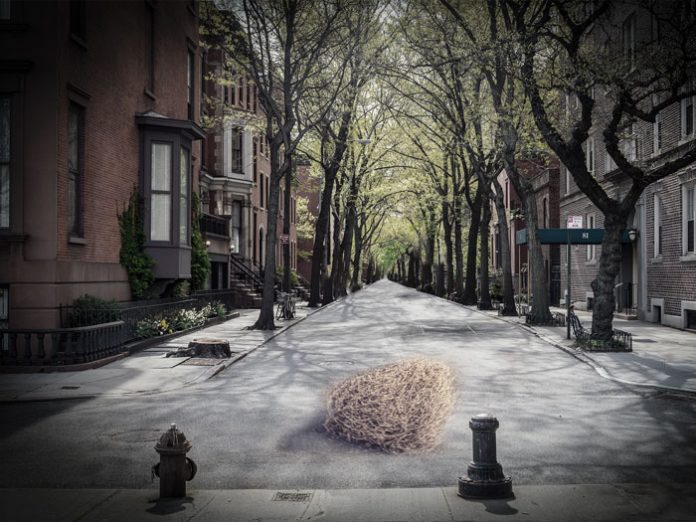Over the last few years, a wave of change has been going on in the Jewish communities on the East Coast of the US, with ever-larger numbers of people moving from the concentrated and older communities inside New York City outward. That’s a trend that we’ve looked at in some depth in the pages of Ami over that period, first as a possible solution to the housing crisis and then as an actuality, with new communities springing up around the region regularly.
The energy that underlies this movement is palpable to anyone who has gone to any of these communities, from Bloomingburg to Linden to Jersey City to East Meadow. And one of the largest destinations for people moving out of New York City, namely Lakewood, New Jersey—along with Jackson and Toms River—is stunning in its intense growth and vibrancy. Seeing how much Lakewood has grown and changed because of new Jewish residents makes your mouth fall open. Monsey has also been expanding on all sides.
But all of that raises a question—what is this movement doing to communities that remain behind in New York City?
The question may sound ridiculous at first blush. The city’s Jewish communities have been bursting at the seams. How would an outflow affect them?
But it turns out that there appears to have been a noticeable effect in several of the largest New York City Jewish communities in a number of ways. It’s hard to put numbers on the effect, because there are multiple factors that have caused changes. But experts and observers told me when I spoke to them that they have been seeing dramatic changes in some of the largest Jewish neighborhoods in Brooklyn, and that they attribute some of them to the exodus we’ve been chronicling.
Understanding the full impact of this change may take time and more than one article, but there are a number of points that even a preliminary look reveals.
Bringing the house down
One of the first questions to ask about the effects of the exodus is in regard to the phenomenon that started it off—the housing crisis in New York City. How have the numbers of people leaving these neighborhoods affected the costs of purchasing and renting homes?
The short answer is that the price of homes is a complicated result of many factors, and it’s hard to know how much any one factor plays a role. It’s hard to know all of the factors in any case. But it does appear that in some neighborhoods, the outflow of people has indeed caused price changes.
According to real-estate agents and mortgage brokers whom I spoke to, it appears that there has been a significant and noticeable plateauing and perhaps dropping of prices in Boro Park due to the movement, and that Flatbush prices have also been affected by the movement of people to other places.





















